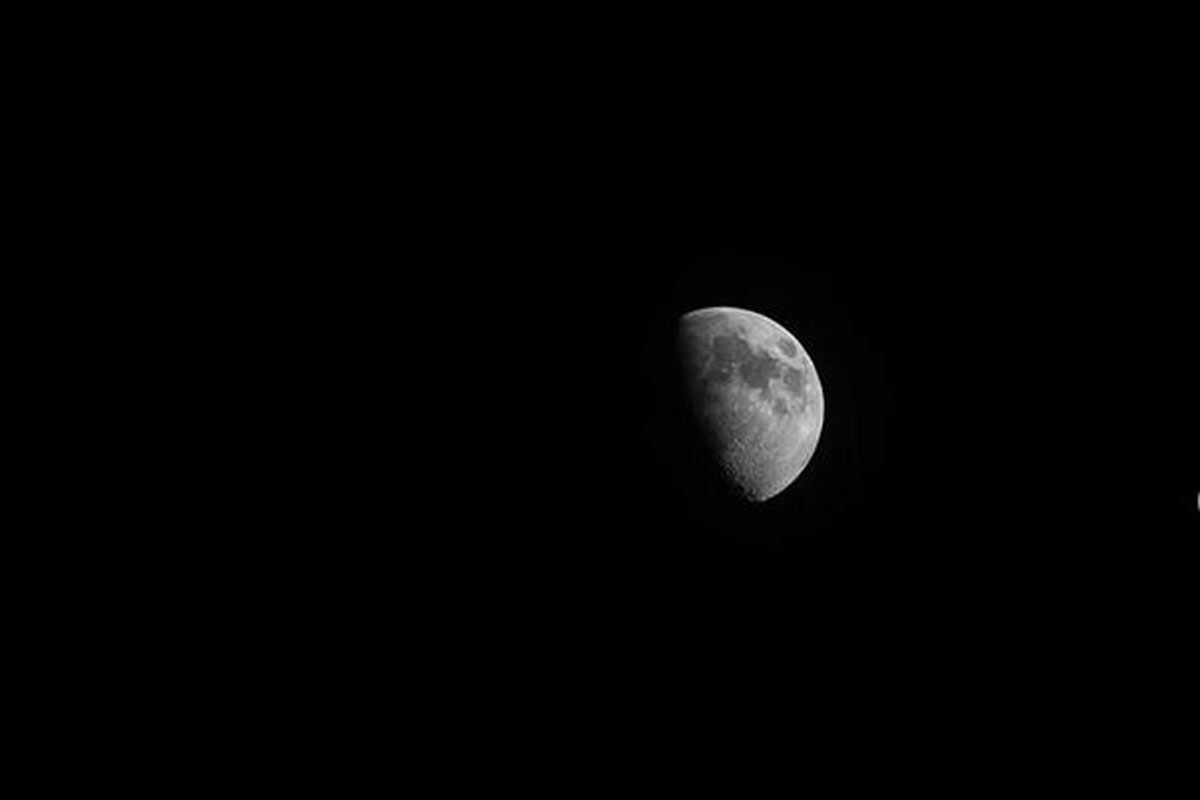A lunar eclipse or Chandra Grahan is a celestial event that is observed when the moon moves into Earth’s shadow. There are three types of lunar eclipse namely- total, partial, and penumbral. In 2021, we will witness only two lunar eclipses. In 2020, astronomical enthusiasts witnessed four lunar eclipses. It is also believed that a lunar eclipse somewhat has an impact on all 12 zodiac signs too.
As per timeanddate.com, the first Lunar Eclipse of 2021 will take place on May 26 and it will be a total lunar eclipse. It will be visible in South Asia, East Asia, Australia, much of North America, South America, Pacific Ocean, Atlantic Ocean, Indian Ocean, and Antarctica.
When will it be visible in India?
In India, the lunar eclipse will begin at 2:17 pm and end at 7:19 pm.
How many Lunar Eclipse will occur in 2021?
In 2021, people will be able to witness two lunar eclipses. The first Chandra graham will occur on May 26, 2021, while the second will take place on November 19, 2021. The total eclipse or blood moon in May will be partially visible from eastern Asia, Australia, the Pacific Ocean, and much of the Americas.
A partial lunar eclipse which will occur on November 19 will be visible from North and South America, Australia, and parts of Europe and Asia. Those will be the only two lunar eclipses in 2021.
What are the Sutak timings?
During Lunar Eclipse, which is also known as ‘Chandra Grahan’ in Hindi, most of the people in India follow the Sutak period, a time of “abstention”. During the Sutak period, people follow a set of rules and observe fast. Apart from observing a fast, people also abide by cutting nails or hair. Some people also abide by sleeping during the Sutak period. This period will begin 9 hours before the eclipse starts and ends with the eclipse. Since this eclipse will not be visible with the eyes, hence ‘sutak’ period will not be valid.
